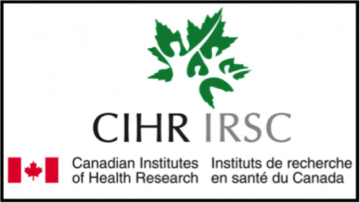
Primary Investigator: Jacqueline Saw, MD, FRCPC, FACC
Clinical Associate Professor, University of British Columbia
Interventional Cardiologist, Vancouver General Hospital
Co-Investigators: Karin Humphries, Dennis Ko, John Mancini
Funding: Canadian Institutes of Health Research (CIHR)
Background: Spontaneous coronary artery dissection (SCAD) is under-diagnosed and poorly understood. It is the cause of myocardial infarction (MI) in 24% of women age <=50, but is frequently missed on coronary angiography, which is the typical method of SCAD diagnosis. Published data are limited and inconsistent regarding outcomes and predisposing factors, largely due to limited data and disparity in predisposing conditions. There is no randomized management trial for non-atherosclerotic (NA) forms of SCAD (NA-SCAD), with ongoing controversy regarding conservative therapy versus revascularization. Predisposing arteriopathies also appear to affect outcomes, but the relative frequency and correlation to outcomes is not known. The premise of this study is to ascertain the natural history of NA-SCAD, evaluating predisposing arteriopathies and precipitating stressors, and long-term cardiovascular (CV) outcomes.
Primary Objective: (1) To evaluate the overall natural history of NA-SCAD: (a) the overall in-hospital and long-term CV outcomes with NA-SCAD, (b) the prevalence and effects of predisposing arteriopathies on in-hospital and long-term CV outcomes, (c) the prevalence and impact of precipitating stressors on in-hospital and long-term CV events.
Secondary Objectives: (2) To evaluate the in-hospital and long-term outcomes of conservative therapy and revascularization in patients with NA-SCAD. (3) To evaluate the presenting angiographic patterns of NA-SCAD. (4) To assess the incidence of spontaneous arterial healing with conservative medical therapy alone in NA-SCAD patients undergoing repeat angiography.
Methodology: Prospective Canadian observational cohort study enrolling 750 consecutive patients presenting with MI (NSTEMI or STEMI) due to NA-SCAD. Rigorous coronary angiographic criteria with optional supplementary intracoronary imaging, reviewed by core laboratory, will be used for SCAD diagnosis. Detailed baseline demographics, targeted history for predisposing and precipitating factors, and standard screening laboratory tests will be performed. Patients will be prospectively followed for 3 years for CV events.
Significance: This study will have significant impacts on the diagnosis, investigation, and management of NA-SCAD. Our diagnostic algorithm will help establish guidelines on SCAD diagnosis on coronary angiography and adjunctive imaging. The clinical and laboratory screening will elucidate the prevalence of predisposing arteriopathies, which will help establish guidelines on investigation of SCAD patients. Knowledge of CV outcomes and natural history of NA-SCAD, especially stratified to predisposing arteriopathies, will help establish prognosis, risk stratification, and management guidelines.
Knowledge Translation: Our results will be disseminated to clinicians and patients through publications in scientific journals, physician scientific presentations, Healthy Heart Programs, patient educational sessions, educational website, and public media. Results from this study will help establish national and international guidelines on the diagnosis, investigation and management of NA-SCAD.
Canadian SCAD Sites by Province

DISCLAIMER: This webpage presents information regarding what we have learned from our SCAD cohort.
Our suggested management may or may not apply to individual patients presenting with SCAD.
Patients should contact their health care professionals for specific individual management of their condition.
